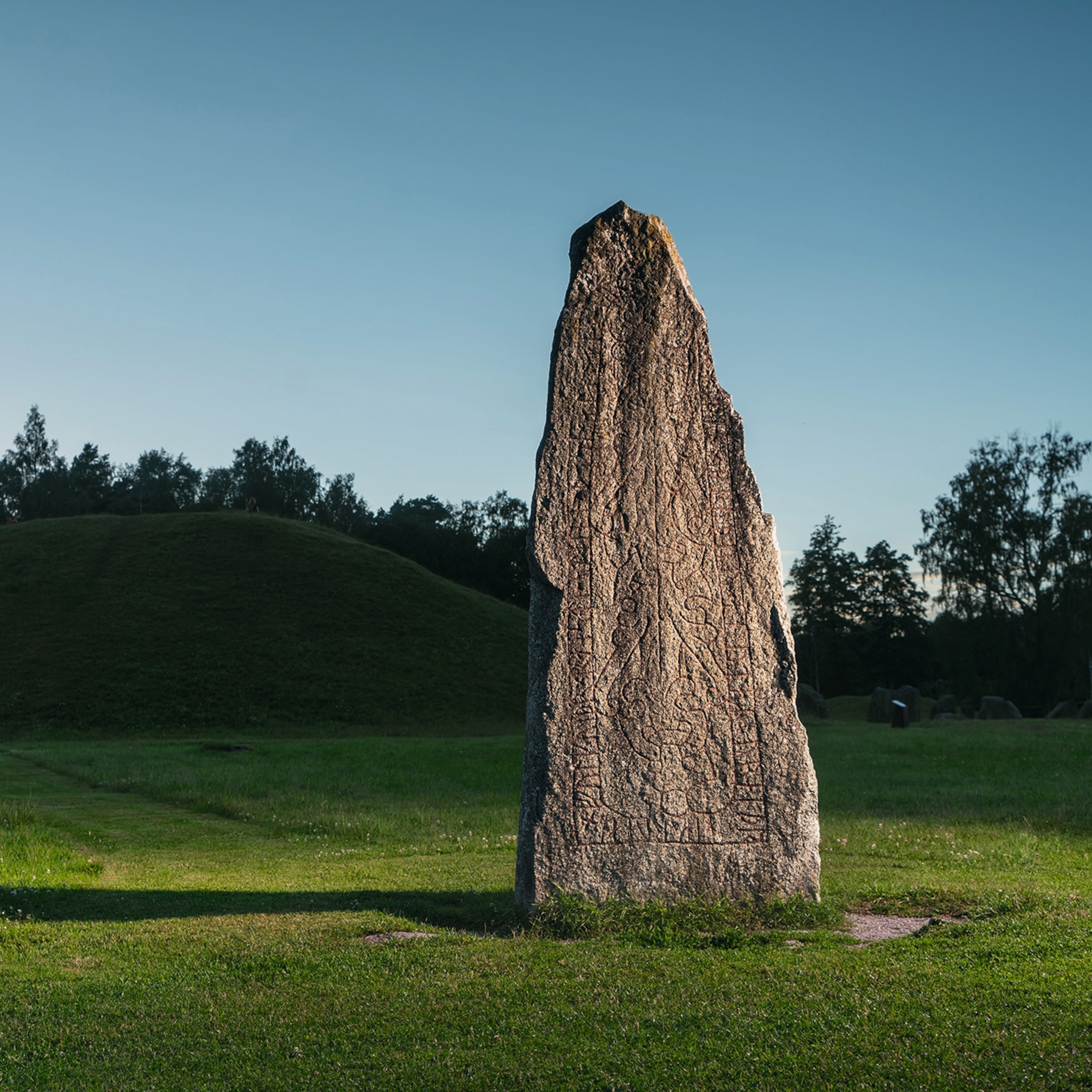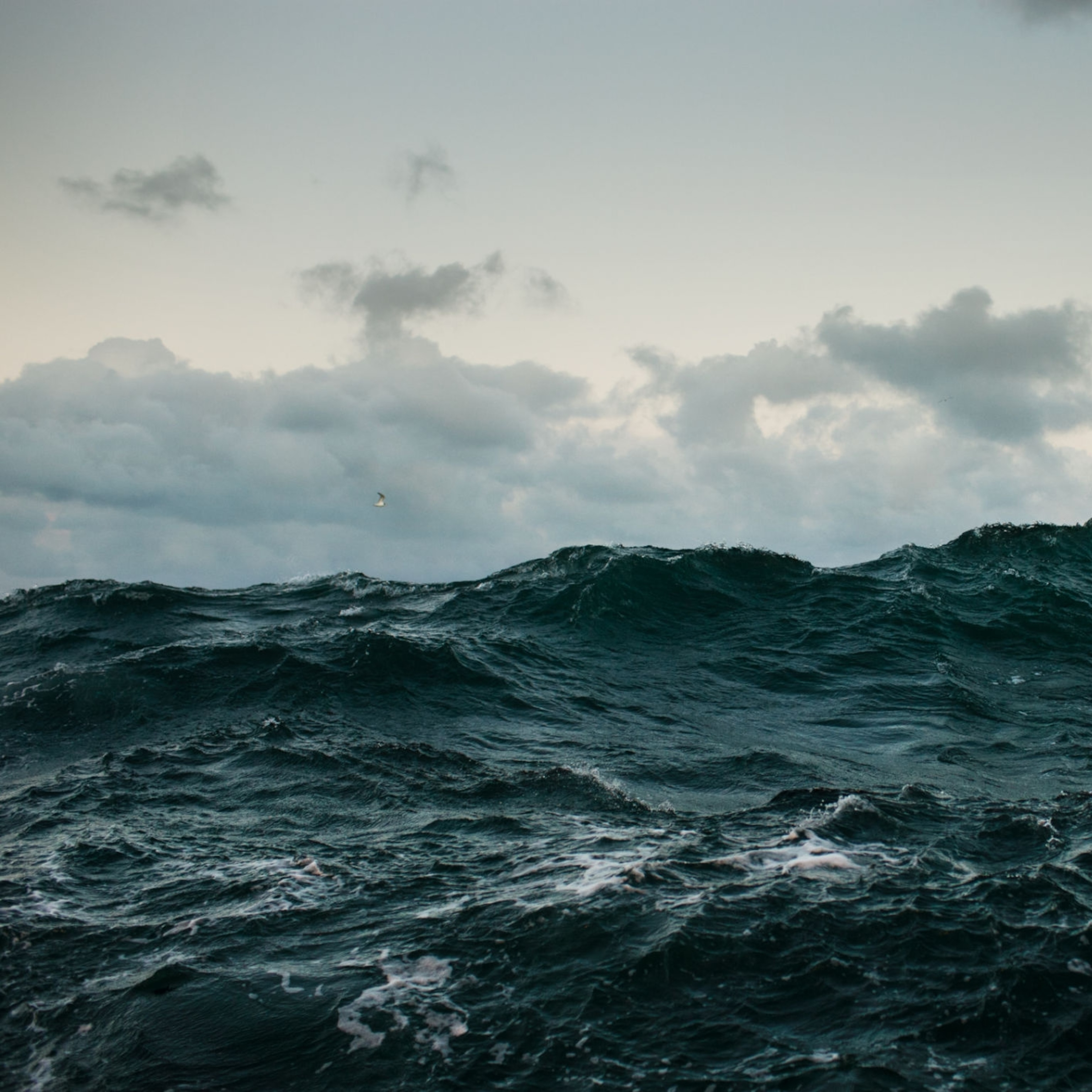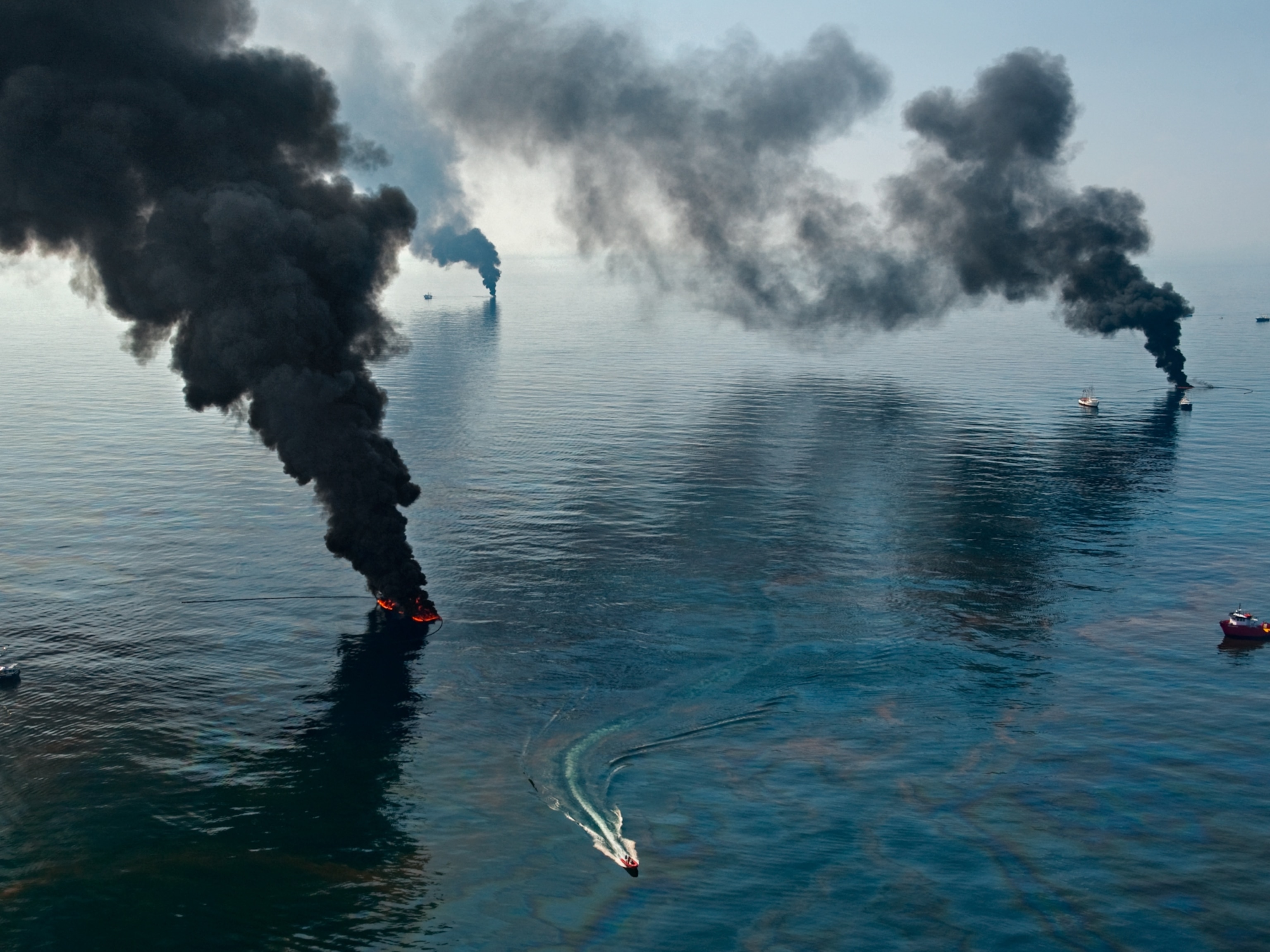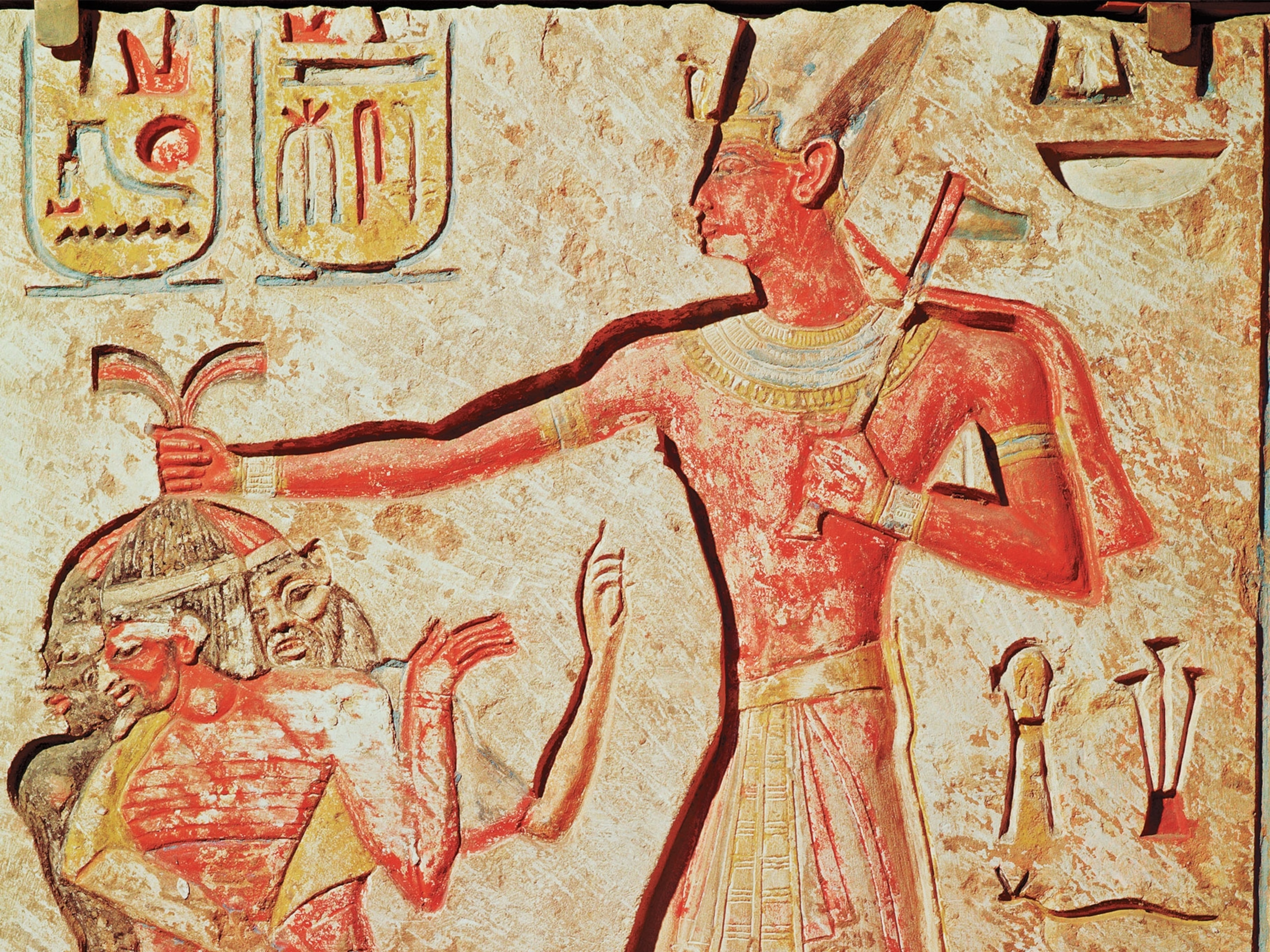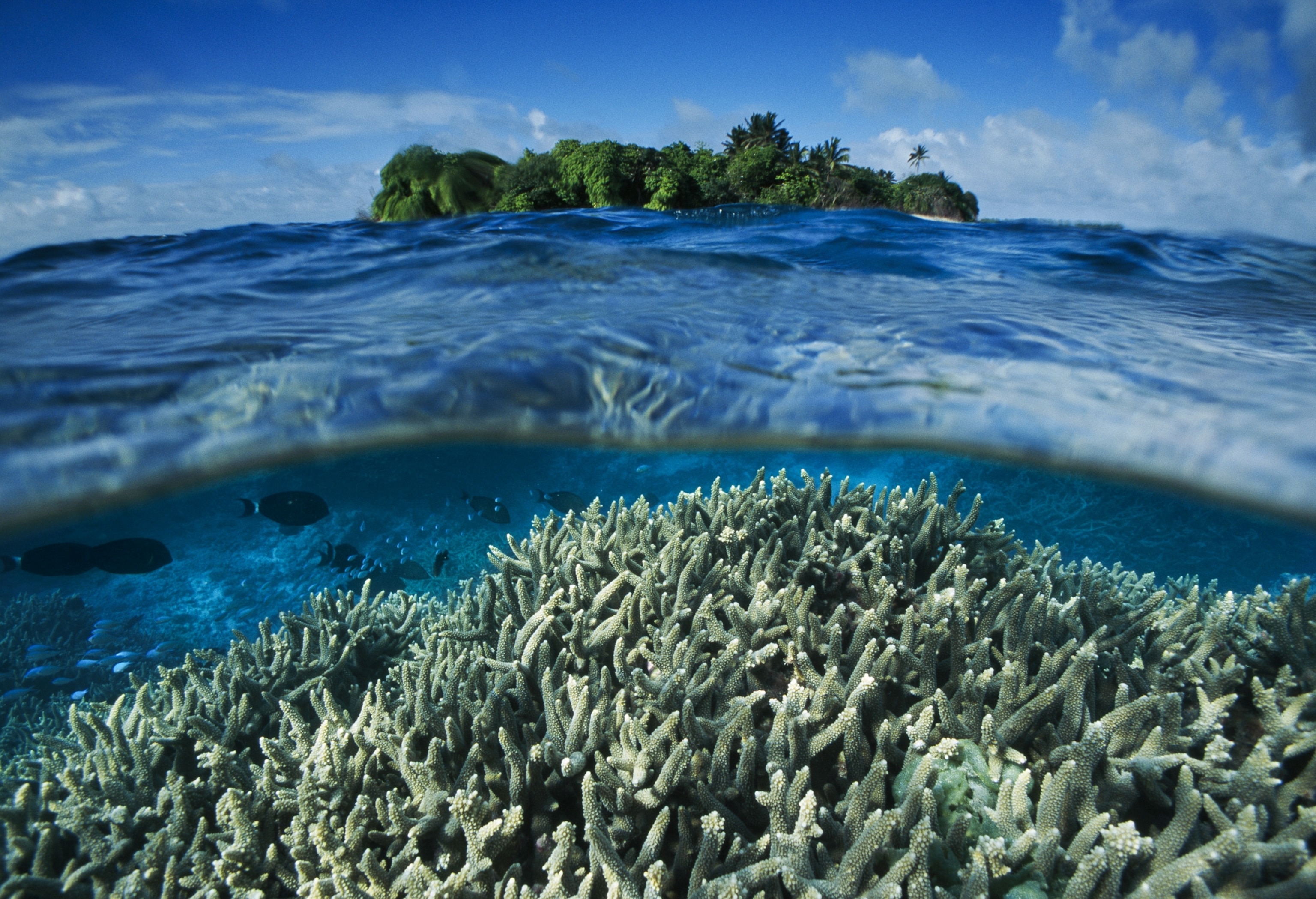
Q&A: Why It's Important to Protect a Vast Marine Monument
Ocean scientist Elliott Norse says the Pacific remote islands deserve the new protection announced by the White House.
On Wednesday night, the White House announced that it is expanding an existing marine monument around seven U.S.-controlled islands and atolls in the central Pacific, making it the largest protected area of any kind on the planet.
The historic announcement extends protection to endangered wildlife and serves as a powerful symbol of commitment to marine conservation, says one leading ocean scientist and advocate.
Elliott Norse, the founder and chief scientist of the Seattle-based Marine Conservation Institute, has spent the past decade working on marine protected areas in the Pacific. In addition to his scientific and advocacy work on the newly expanded Pacific Remote Islands Marine National Monument, Norse also worked to establish the Northwestern Hawaiian Islands Marine National Monument.
National Geographic discussed the importance of these protected areas with Norse.
Why is it important to expand the Pacific Remote Islands National Marine Monument from its current state?
There are two answers to that question. One of them is a conservation/science answer and one of them is politics. An answer to the former is that existing protections are not enough to maintain the abundance of marine life we are concerned about.
We originally made the case that the Bush administration should create the monument out to the exclusive economic zone around the islands, 200 miles. They weren't able to do it because of politics. But it is important because there are organisms that drive processes in these ecosystems that are being killed in large numbers.
Take tunas, which are being fished in the area. It turns out that tunas are really important to seabirds that nest and feed their chicks on the islands. Many of those birds feed well past the boundaries that Bush originally established, and we have to protect the places where they feed.
That's because many of these seabirds can't go very deep in the ocean, so they pick up things from the surface. The problem is many of the fish and squid they eat can go deep. But tunas drive those prey species up to the surface as they feed, where some of them can be caught by birds. So tunas are an essential part of the biology of these island-nesting seabirds.
And what's the political reason for the monument's expansion?
George W. Bush decided to protect this place ... President Obama is building on something Bush did. At a time when politics seems to have broken down to a worrisome degree, this is an example of former opponents both making huge contributions to protect the world's marine life.
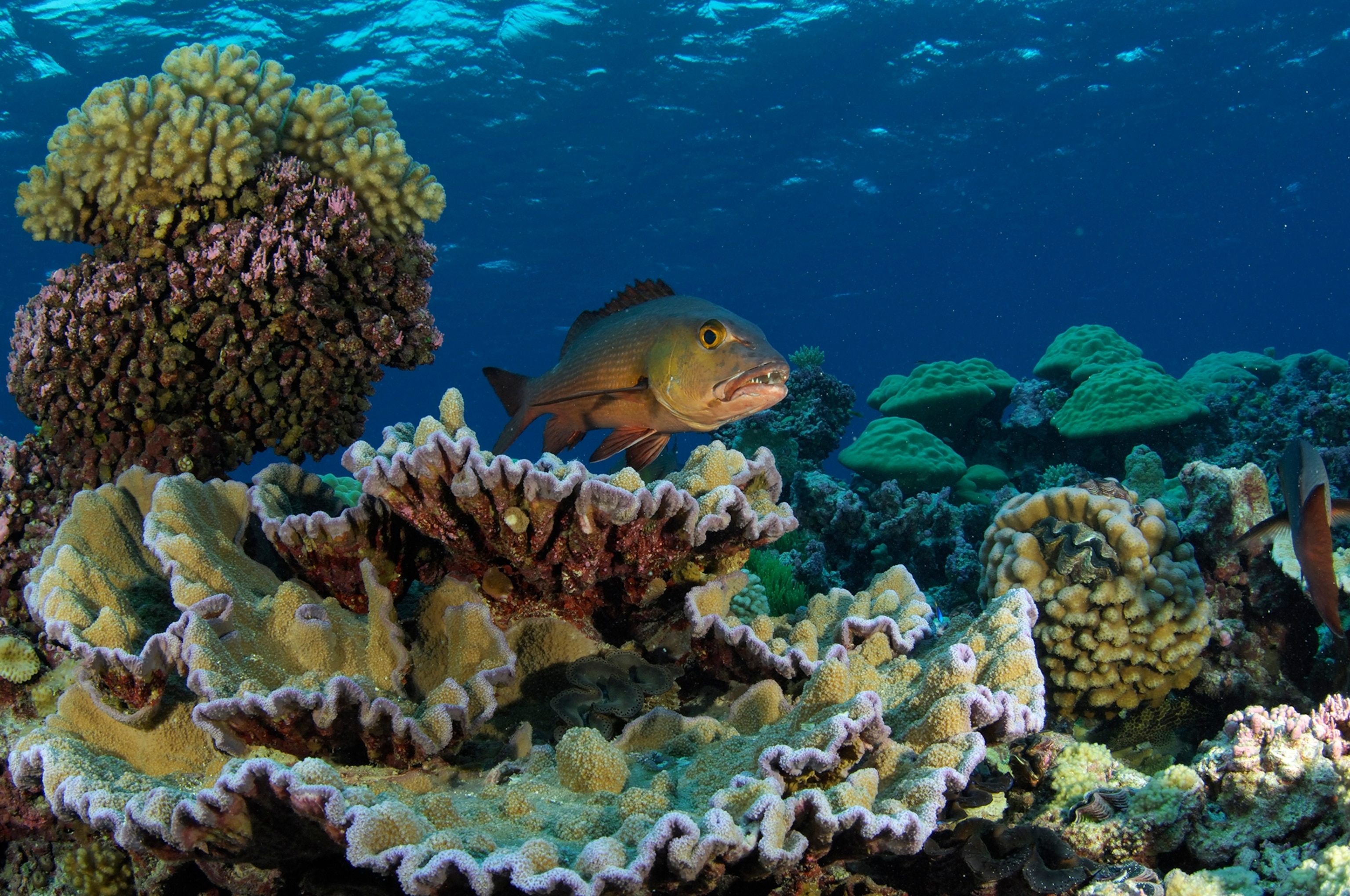
What species will be protected?
The monument will protect a variety of seabird species, including several species of terns—including sooty terns—and red-tailed tropicbirds, which have a foraging radius that goes way past the existing monument margins. We're beginning to better understand how this ecosystem works, and that helps us realize that we need to protect where these seabirds feed, not just where they nest.
The Palmyra beaked whale was first discovered around a decade ago in what is now this monument. Beaked whales often need a sizable piece of real estate in which to live. We want them to have their homes protected.
The area also will protect endangered species of sea turtles, including leatherbacks and loggerheads. We have tracked them, and many go through the monument as they move from the west coast of the Americas to the east coast of Asia. We're hoping to get some places where these turtles don't face a wall of hooks, places that are protected from fishing.
Open-ocean organisms use a lot of space, and we have to give them space to live by protecting a large area. (Learn about National Geographic's work in these areas through Pristine Seas.)
What other natural features will be protected?
There are a number of old, extinct volcanoes under the sea that weren't protected in the original monument. These seamounts are important because they offer hard bottom at depths where there is no other place for many marine animals to live.
Some opponents to the monument expansion in the fishing industry say the seamounts aren't currently threatened because their nets don't reach down that far. Do you agree? (See "Conservationists Spar With Fishermen Over World's Largest Marine Monument.")
The organisms they are purse-seining over those seamounts live in the water above. They feed there and poop there, so they send carbon down to the seafloor. That material serves as food for the organisms that live on the seamounts.
It's important to remember how interconnected the ocean is. If you take tunas out a whole lot of things happen, because they are apex predators. We want to make sure there are some places that are as pristine as possible for as long as possible.
Some opponents in the fishing industry say existing laws, such as the Marine Mammal Protection Act and the Endangered Species Act, sufficiently protect this area already. What do you think?
The reason they say existing laws are doing the job is because they don't want more conservation, but they're in denial. Science shows that we have to start using the most powerful tool we have, and that is no-take marine reserves in places like remote islands, where organisms have been vulnerable to human activities, including fishing.
Do you have a sense of the impact that the current monument has had since Bush created it in 2009?
Science has shown that within years of designation and enforcement, protected areas harbor more plentiful and more diverse ecosystems. Our [organization's] president, Lance Morgan, went to Johnston Atoll [in the monument] in 2010 and confirmed that.
Do you think the expansion creates a precedent for other marine protection?
Obama is sending a message to world leaders that protecting the ocean is really important. We have to do this. There are places now that are pretty much unharmed, but that won't continue as fishing spreads, as ocean acidification spreads, and as people start mining the seafloor. We have to protect the places now, not only because of what is happening now, but also because of what is going to happen a hundred or two hundred years from now.
Teddy Roosevelt started designating national monuments in 1906; that's 108 years ago. Today, we thank him when we go to the Grand Canyon. Those actions seemed unnecessary at the time because there wasn't much of a risk then, but the risks got greater with time. I think a hundred years from now people will be praising Barack Obama for having the vision to protect the Pacific remote islands.
Will enforcing the expanded monument, which is a huge area, be a challenge?
Of course it's a challenge to enforce, but it will be much easier to enforce if we make it clear that people shouldn't be fishing within the boundaries of the monument. Kiribati is also working to improve protection of the Phoenix Islands, which are adjacent, so we'll get a twofer. That shows that nations can work together to conserve the diversity of life in waters under their jurisdiction. It sends a message to other countries—a very good message, I think.


